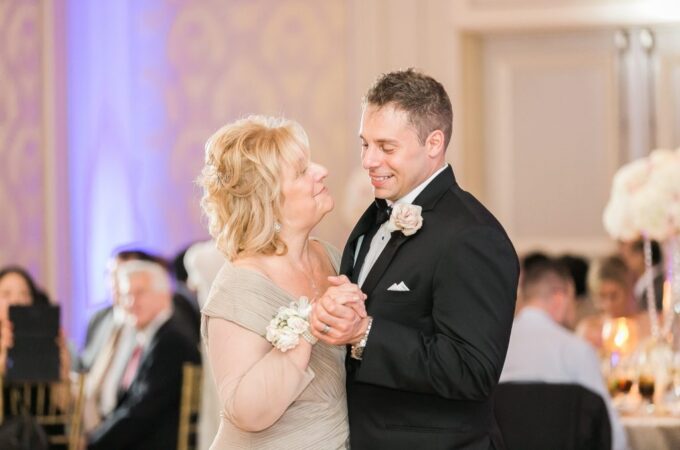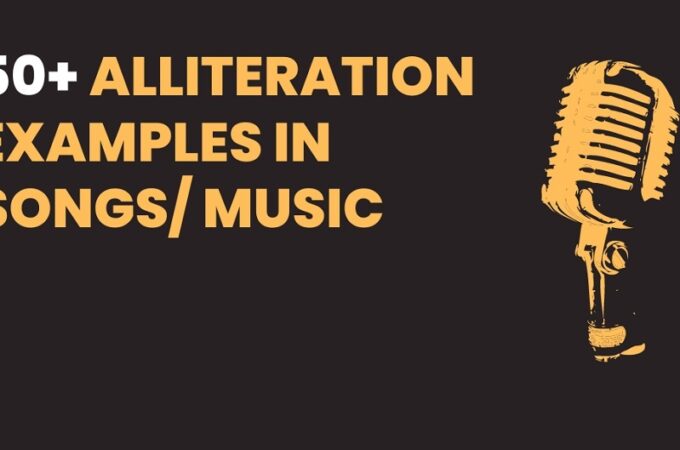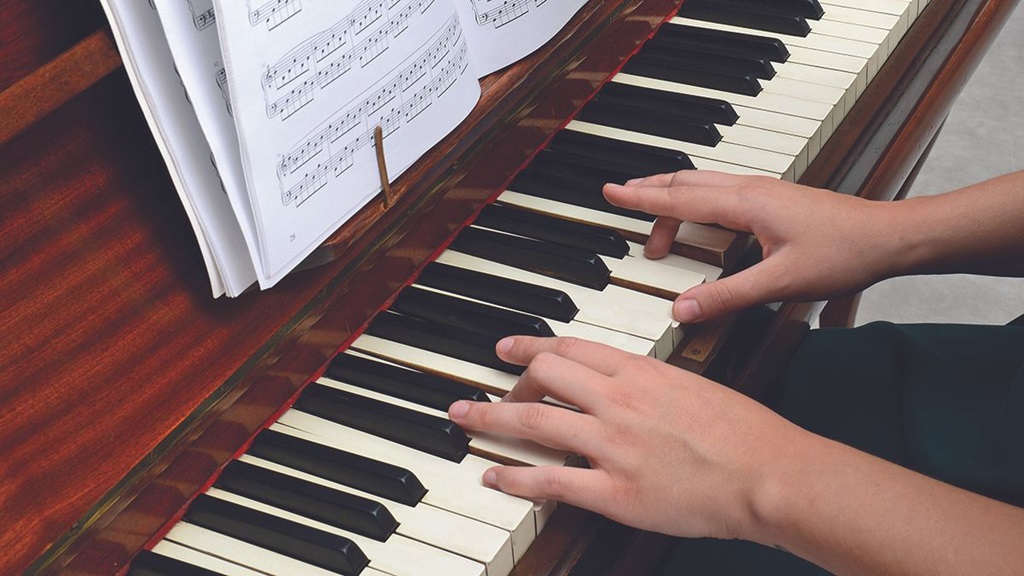
Learn How to Play the G Chord Piano
The G chord piano is one of the most important and commonly used chords in music. Learning how to play a G major chord on piano is a fundamental skill for any beginning pianist. In this comprehensive guide, I’ll walk you through everything you need to know about the G major chord, from music theory basics to fingerings, inversions, and how to use the chord in songs on piano. Whether you’re a complete beginner or have some experience, this guide will help deepen your understanding and ability to play a G chord. Let’s get started!
Table of Contents
ToggleMusic Theory Behind the G chord piano
Before we get to the piano, we first need to understand some basic music theory behind the G major chord.
The Notes in a G Major Chord
The notes that make up a G major triad chord are:
- G (the root note)
- B (the third)
- D (the fifth)
On the piano, these notes correspond to:
- G – the G key below Middle C
- B – the B key above Middle C
- D – the D key 2 keys above Middle C
Major Triad Chord Construction
The G major triad is constructed by stacking the following intervals above the root note G:
- A major third (G to B)
- A perfect fifth (G to D)
This specific combination of intervals is what gives us the characteristic happy, bright sound of a major chord.
The G Major Scale
The G major chord comes from the G major scale, which is:
G A B C D E F# G
In the key of G major, the G chord is the I chord or tonic chord. Understanding key signatures and the chords that fit in them will help you use the G chord correctly in songs.
Now that we’ve covered some of the essential theory, let’s move to the piano and learn how to actually play the chord.
Playing the Basic G Major Chord
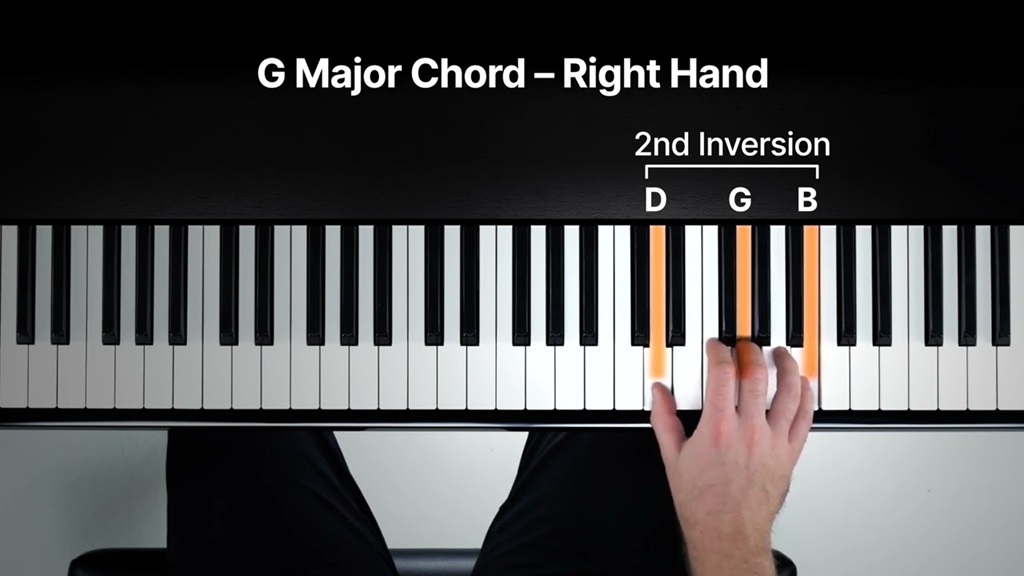
Playing a G major triad in root position is one of the easiest chords on piano. Here’s how to finger a basic G major chord:
- Find G below Middle C. It’s the G key to the left of the group of two black keys.
- Play G with your pinky finger.
- Play B with your thumb. B is directly above G.
- Play D with your middle finger. D is above B.
Your hand should look like this on the keys:
Pinkie – G Thumb – B Middle – D
Remember to keep your wrist relaxed and fingers curved. Make sure each note rings out clearly.
To play the chord, simply press down all 3 notes together. Congrats – you just played a G chord!
Get comfortable playing the chord by itself before moving on. Position your hand correctly with the proper fingering. Listen for all 3 notes of the chord to have a nice voicing.
Inverted G Major Chord Fingerings
Beyond the basic root position, there are other useful fingerings for the G chord that involve inversions.
First Inversion
The first inversion of a G chord has B as the lowest note, followed by D, then G above it.
To play a G chord in first inversion:
- Position your thumb on B below Middle C.
- Play D with your middle finger above your thumb.
- Cross your pinkie finger over to play G above your middle finger.
Your hand should resemble this shape:
Thumb – B Middle – D
Pinkie – G
First inversion G chords have a slightly different color than root position. Get used to playing this new voicing by practicing the chord until the fingering becomes comfortable.
Second Inversion
In the second inversion, D becomes the lowest note, followed by G, then B on top.
To finger a second inversion G major:
- Put your middle finger on D above Middle C.
- Put your pinkie directly above your middle finger on G.
- Cross your thumb over to play B above your pinkie.
Your hand should look like:
Middle – D Pinkie – G
Thumb – B
The second inversion has an even more unique sound. Practicing all three fingerings will make playing the G chord much easier as you start learning songs.
Building Fluency Playing the G Chord
Now that you know the basic fingerings, it’s time to get fluent actually playing the piano chord. Here are some tips:
- Practice each fingering slowly and precisely, focusing on good technique.
- Work on smoothly transitioning between the inversions.
- Play the chord loudly then softly to control dynamics.
- Speed up chord changes once you can play accurately.
- Practice the G chord in rhythm patterns – quarter notes, eighth notes, syncopated, etc.
- Combine the G chord with other basic chords like C and D7.
- Play the chord ascending and descending the keyboard using different fingerings.
Don’t rush the learning process. Build your skills gradually and pay attention to precision. Mastering the mechanics will make it much easier to use the G chord creatively later on.
Using the G Chord in Songs on Piano
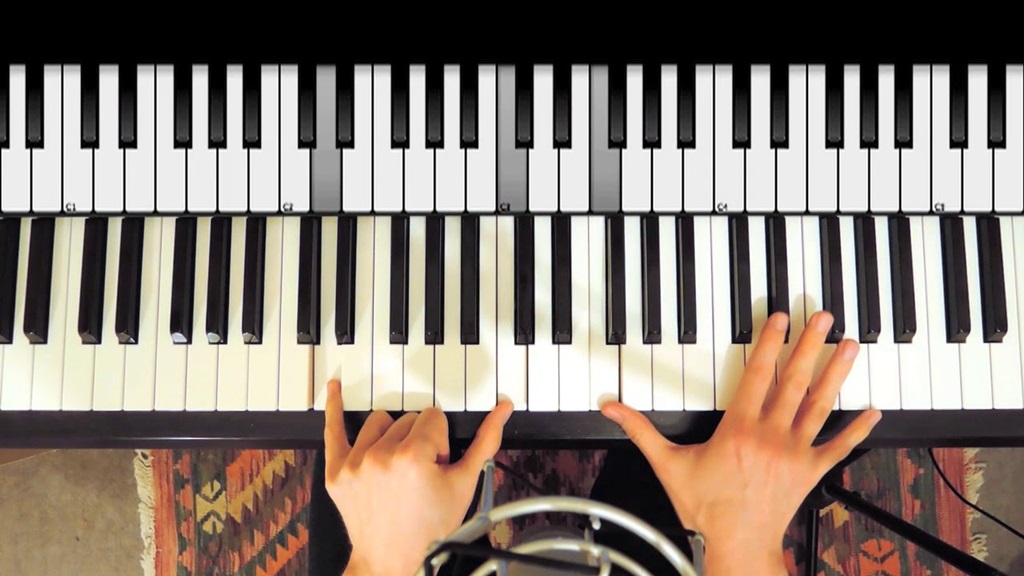
Let’s explore how to apply the G chord piano in actual songs on the piano:
Play Song Accompaniments
In the key of G major, you can accompany songs using a simple I-IV-V-I chord progression. This means alternating between the G chord, C chord, and D7 chord.
For example, try playing this progression:
G – C – G – D7 – G – C – G
Chord progressions form the backbone of many songs. Once you can confidently play I-IV-V-I, you’ll be ready to accompany yourself singing many tunes.
Understand Chord Function
When analyzing sheet music, pay attention to chord symbols. Understanding G’s role as the I chord in a key signature will help you use it correctly.
Look for the patterns and resolutions in chord changes to make harmonic sense of what you play.
Improvise Melodies
Improvise a simple melody over the G chord using notes from the G major scale. For example:
G B D G B G A B C B A G
You can follow basic melodic principles like starting and ending on G, having graceful contours, and incorporating leaps.
Play Common Rhythms
Try strumming different rhythmic patterns over the G chord as commonly used in pop/rock piano:
[Examples of rhythmic notation patterns]
Work on keeping a steady groove. You can even sing along to build familiarity with accompanying yourself.
With some creativity and exploration, you’ll gain confidence applying the G chord in many musical ways.
Tips for Practicing the G Chord
Here are some helpful strategies for mastering the G major chord on piano:
- Commit the notes and fingerings to memory through repetition. Muscle memory is key.
- Isolate troublesome transitions between fingerings and slowly loop them. Increase speed gradually.
- If your fingers are collapsing, support the weaker fingers with stronger ones. Maintain arched shape.
- Use the pedal periodically to let notes ring and listen to the chord’s sound. But don’t overuse the pedal.
- Say chord names out loud to reinforce their sound. Audiate while you play.
- Take short breaks to avoid tension or fatigue. Come back refreshed and refocused.
- Record yourself to detect and improve issues with technique and sound quality.
- Above all, be patient with yourself! Learning an instrument takes dedicated practice over time.
With mindful, deliberate practice using these tips, playing the G chord will soon become natural and comfortable.
Common Questions About the G Major Chord
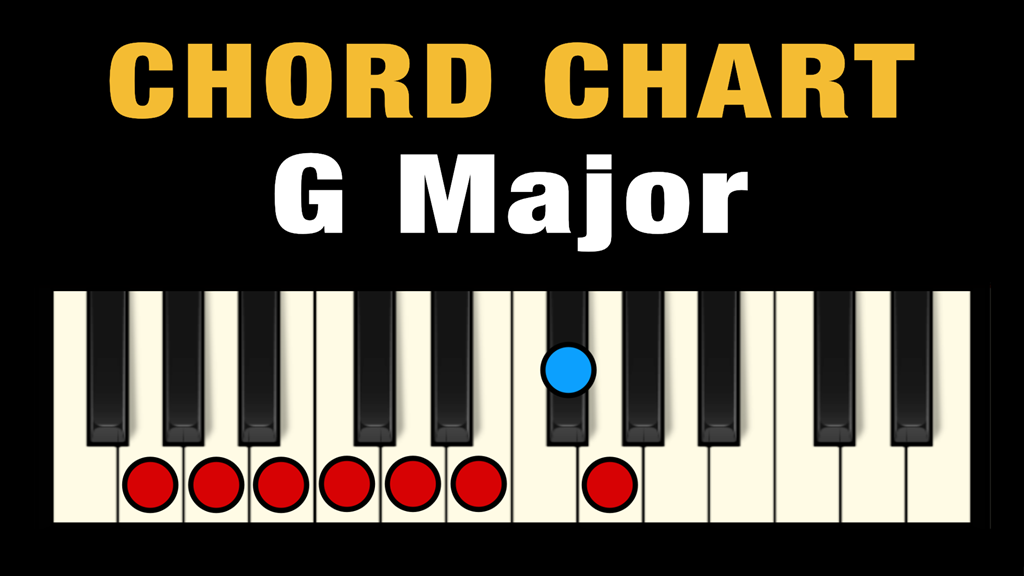
Should my fingers be curved when playing the G chord?
Yes, it’s vital to keep your fingers softly curved and avoid collapsing your knuckles when playing any chord, including G chord piano. Maintaining a good arched shape with your fingers helps engage your finger muscles properly and produce a better sound.
Why is the G chord so important for beginners to learn?
The G chord is built from the G major scale, which, along with C major, is one of the first scales beginners learn. Knowing the I chord (G) in the G major key allows you to start playing simple, common chord progressions as an accompanist. G is a fundamental chord for beginning repertoire.
How can I change from a G chord to a C chord smoothly?
Practice transitioning between G and C chords using a shared finger. For example, when moving from G to C keep your pinkie on G while you position the other fingers for C. This allows for smooth voice leading between the chords.
What are some common piano songs that use the G chord?
Some very popular beginner piano songs that utilize the G chord are Amazing Grace, Home on the Range, Oh Susanna, Take Me Out to the Ball Game, You Are My Sunshine, and Jingle Bells.
How do I know when to use an inversion vs. root position G chord?
It depends on the melody and bass line. Use inversions to keep common tones between chords and create smooth voice leading. Also observe the bass line and keep your LH chord voicing close to it. In general, root position works well on strong beats/downbeats.
Conclusion
Learning to properly play a G major chord is a key step in your piano journey. Mastering the fingerings, building dexterity changing between inversions, and applying the chord to songs will give you skills that transfer to all other chords. Be patient with yourself, utilize helpful practice tips, and with time and consistency you’ll be proficient at playing the G chord anywhere on the piano.
In summary
Learning the G chord piano is an integral step in your piano or guitar development. Mastering its fingerings and usage in songs will build skills that apply to all chords. With consistent practice over time, playing the G chord in various forms and progressions will become natural and intuitive.
FAQs
What are the notes in a G major chord?
The notes of a G major triad chord are G, B, and D. G is the root, B is the major third, and D is the perfect fifth.
How many inversions does the G major chord have?
The G major chord has two inversions: first inversion has B as the lowest note, and second inversion has D as the lowest note.
What scale degree is G in the key of D major?
In the key of D major, G is the V chord (dominant). The G major chord functions as a dominant in the key of D major.
What are the fingerings for a G major chord?
Root position fingering: 5-1-2 (Pinkie on G, Thumb on B, Middle on D) First inversion: 1-2-5 (Thumb on B, Middle on D, Pinkie on G) Second inversion: 2-5-1 (Middle on D, Pinkie on G, Thumb on B)
How do you play a G major chord on guitar?
For a basic open G chord on guitar:
- Fret the 3rd fret of the low E (6th) string with your middle finger
- Fret the 2nd fret of the A string with your ring finger
- Leave the B string open
- Fret the 3rd fret of the high E string with your index finger Strum all 6 strings.

